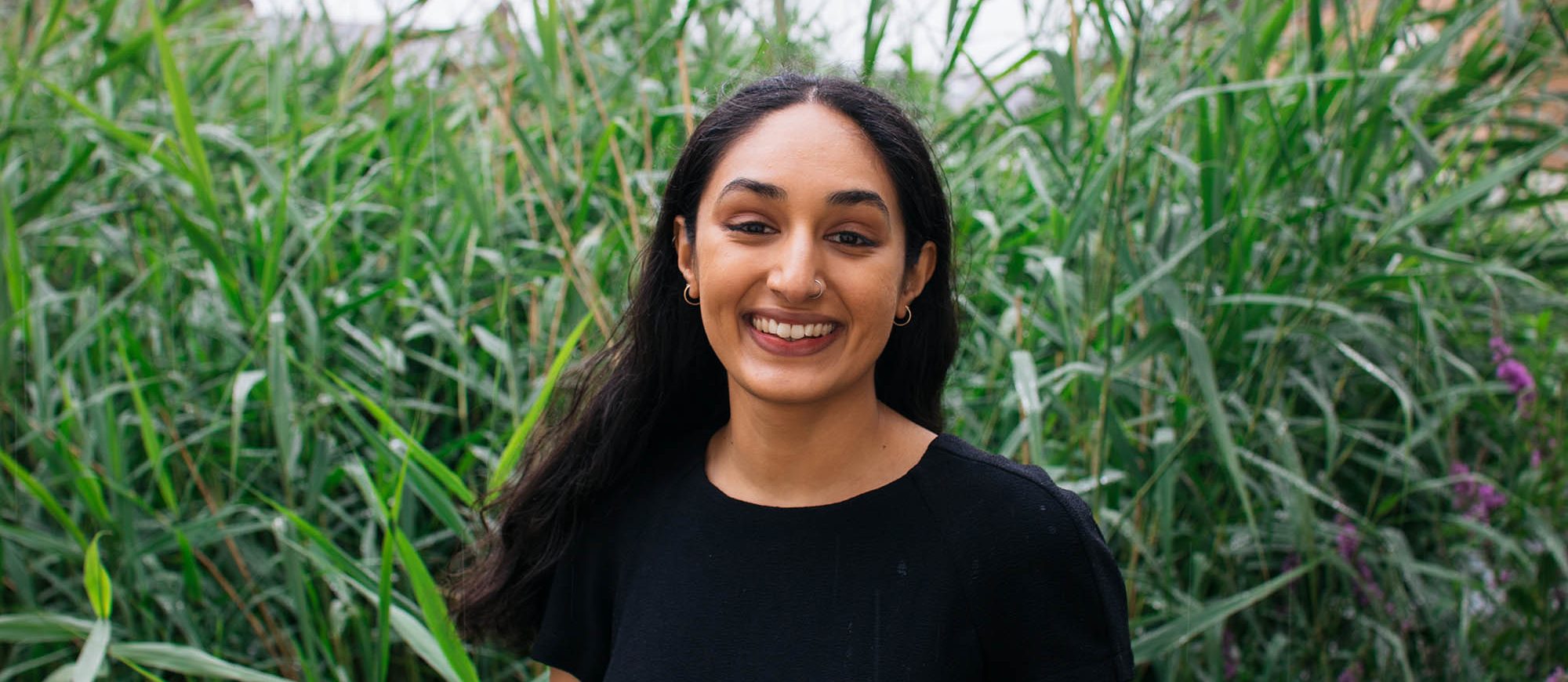
Words by Curtis McGlinchey,
Photography by Munirah Al Mehri
Engineering is about solving problems to improve lives”, says Misha Patel, a PhD engineering student at St Catherine’s College, Oxford and Leathersellers’ Scholar. A simple premise, but one which belies the precise and almost obsessive nature of engineering; the transformation of theory to reality; the translation of the abstract into the material; and the unlocking of a greater sense of civic purpose. The mathematics may say that something is possible, but the job of the engineer asks not just whether it can be done, but what impact their actions, and the deployment of resources and technology, will have on the world.
On this relationship Misha says, “If I wasn’t studying engineering, I’d probably have read philosophy and ethics.” This keen interest in the ethical, the practical and the possible informs her current research. Her choice of topic was shaped by her time in education, which saw her intellectual ambition rub against the exhausting notion that science is not a career choice for women in post-secondary education. This was evident during her early school days where “girls were not encouraged to pursue maths and science as much as boys” and “girls had to support each other if they wanted to succeed.” It’s not always possible to bend the universe to your will, but if something’s broken, the engineer mindset gets to work and will find a way to fix it. Misha independently applied to the City of London School for Girls and was accepted.
This marked not just the beginning of her love of maths and science but also her independence, commuting to the City from her home in north-east London, spurred on by her parents, who worked in the education sector. A natural affection for the subject evolved; it didn’t just appear out of nowhere in a moment of sudden self-realisation. It was, however, neatly packaged out of science and philosophy – all the more captivating when the physical is informed by the spiritual. In Raphael’s (1483–1520) School of Rome, one of his masterwork paintings in the Vatican, Plato points up towards the heavens in reference to timeless concepts and unchanging, ultimate truths, whereas Aristotle has his right-hand palm to the ground, signalling that the only reality that matters is the one we can experience with our senses. In engineering, both can be right.
“In engineering it’s your job to think of potential problems and it’s only really worth it when the benefit outweighs any potential impact.”

Her research project at Oxford illustrates how these driving intellectual forces have manifested in conscientious and innovative ways to solve problems. Misha’s area of research is renewable energy. Put simply, she is trying to put a number on how much tidal energy we have in the UK. “At the moment”, she says, “we have a wide-ranging resource assessment that needs to be updated and refined given the development of new technology and methodology. We need this data to make development decisions, i.e., where to construct underwater turbines for maximum output in the most sustainable way possible.” One of the main challenges is bringing together and creating an accurate pyramid of constraints: accessibility of the site, fishing, conservation and technical limitations. Given all of these variables, there are a very limited number of economically viable sites for tidal energy, not to mention that there is no holistic assessment of all of these factors.
Of particular interest to Misha, as a workable case study, is Pentland Firth, a strait separating the Scottish mainland from the Orkney Islands, renowned for high tidal speeds. “Only a general constriction is needed to have an increased tidal flow”, Misha says about the Firth. “Find a constriction in a channel or a headland and there’s potential for tidal stream power generation. The Firth is one of the best sites in the world to explore this kind of tidal development owing to its geographical features.” From this case study, a standardised model can be applied to multiple sites.
Tidal stream generates energy by placing turbines on the seabed in the best possible configuration that doesn’t end up having adverse effects on the area, such as slowing down the tidal speed; the other relies on artificial barriers across an estuary, creating flows of dammed water through a turbine. Viability is essentially a study in quantifying problems. As Misha says, “In engineering it’s your job to think of potential problems and it’s only really worth it when the benefit outweighs any potential impact.” It may sound morally grey, but numbers seek to navigate the best path around any ethical difficulties.

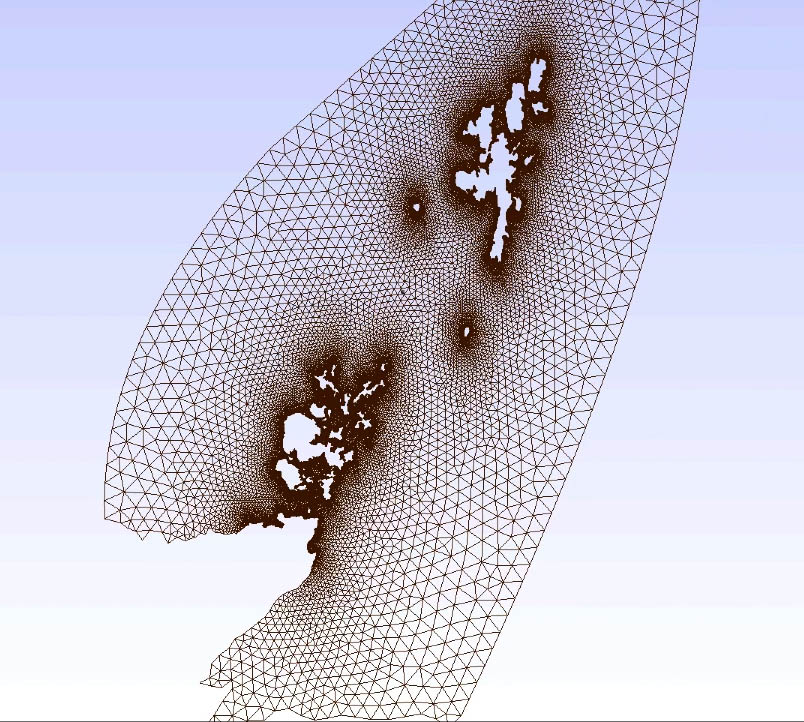
“We know the equations [for modelling] work; it’s just a case of building accurate models and running simulations to get assessments of the flow as the model adapts to different datasets. Simulations are needed to answer many of the viability questions, for example what happens if we add one more turbine in a certain location with this layout at this depth?” There’s a framework to build from, but adding so many variables is as time-consuming as it is essential to the project; or as Misha puts it, “Calibrate and validate.” Fundamental to all of this is the separation of funding from the interests of the developer and why sources of external funding are so important. This is not to say that it’s not important to work closely with industry seeking to develop or currently developing engineering solutions in the Firth, but it’s also important that her research is completely contained from potential bias. At this stage, keeping the interests of industry and academia separate will yield better results in the long term that can help benefit the sector in general.
As an example, take the fact that the seabed around the British Isles (up to 12 nautical miles – the territorial sea limit) is leased to industry from the Crown Estate.
Currently there are dictated lease sites for tidal energy development, and development is limited to these predetermined sites. However, these sites are not chosen by the highest potential yield of resources. “Suggesting new areas to develop, based on resource potential, makes much more sense if we’re looking to become as sustainable as possible”, and if there’s profit to be made, it also makes sense to reinvest in similar sustainable projects.
Creating a circle of positive reinforcement seems to cut across the things that matter to Misha. At Oxford she has so far taken on the role as Co-convenor of the Black, Indigenous and People of Colour in Science, Technology, Engineering and Mathematics Network (BIPOC STEM) 2022–2023, as well as being Vice President of the Women in Engineering Network 2020–2021, which was relaunched and now has over 200 members across the department. Her focus in these posts continues to be recruitment, outreach and retention, helping women and BIPOC members stay and thrive in engineering, in secondary and higher education. Creating a community of people that feel included and confident is as important to her as it is for the future of the sustainable energy industry. With turbulent times still to come, the wider UK economy could do with a dose of problem-solving tenacity rooted in the spirit of the engineer.
But there’s something else of equal importance: Misha’s ethical grounding gives us hope. Whereas engineering in the 20th century was defined by domination and exploitation of nature, engineering in the 21st century will be driven by long-term co-existence.
READ MORE
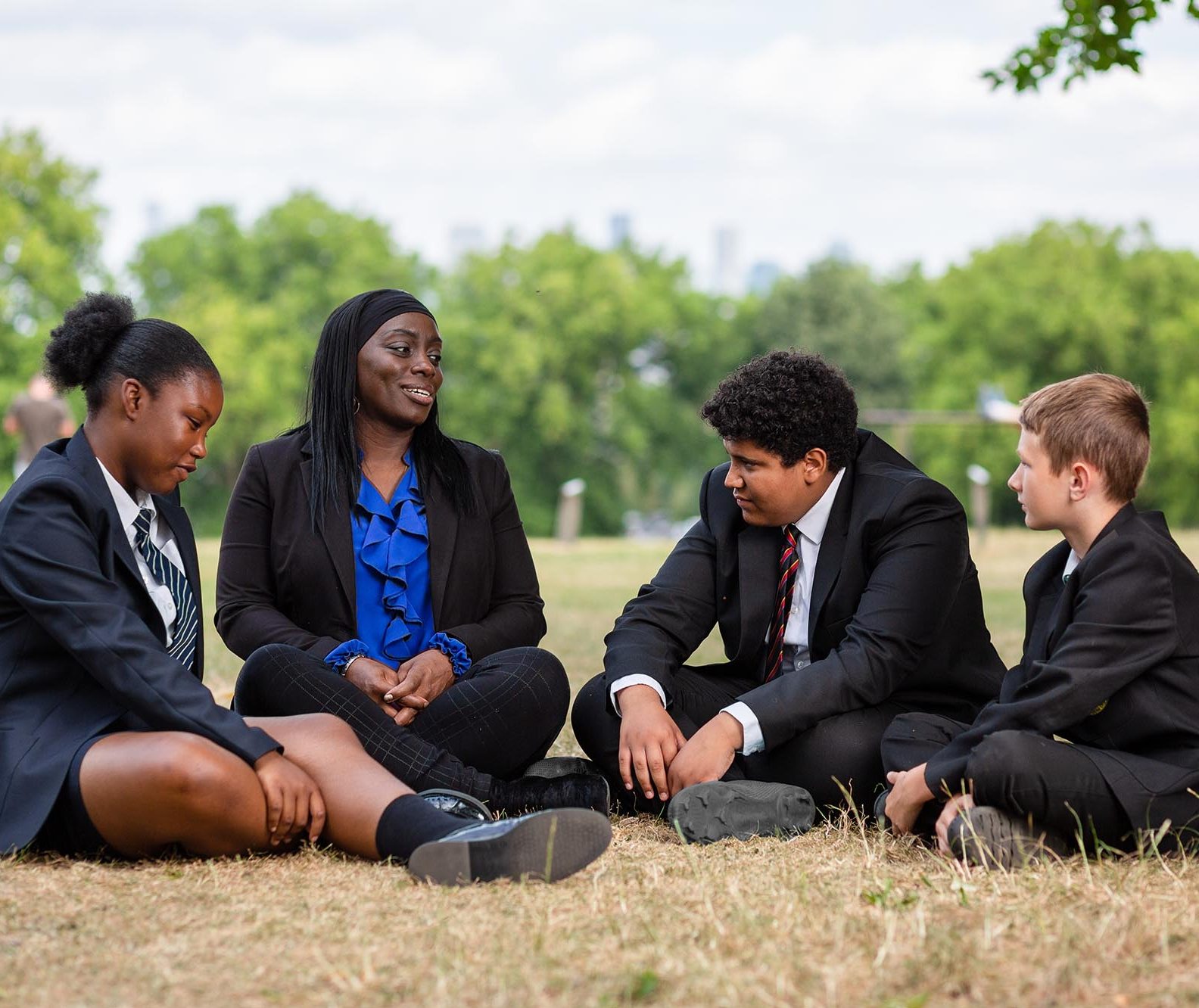
Boosting Opportunity at the Leathersellers' Federation of Schools
School led and backed by research a new social mobility project has created the dream job for Learning Mentor, Cherisa Kya-Scott.
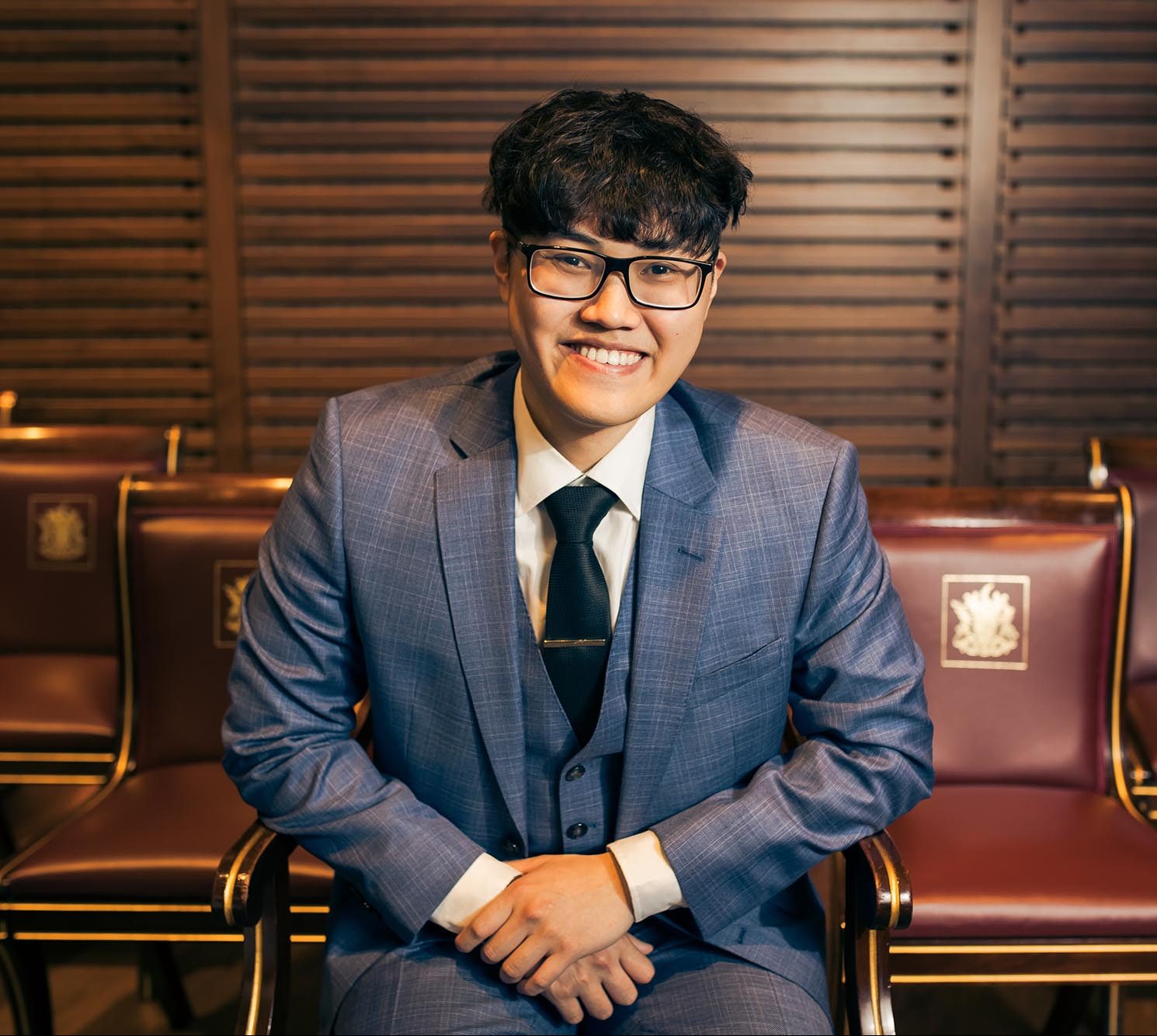
Leathersellers’ Scholarships at Colfe's School
Celebrating the long-term success of the Leathersellers’ Scholarships at Colfe’s School.
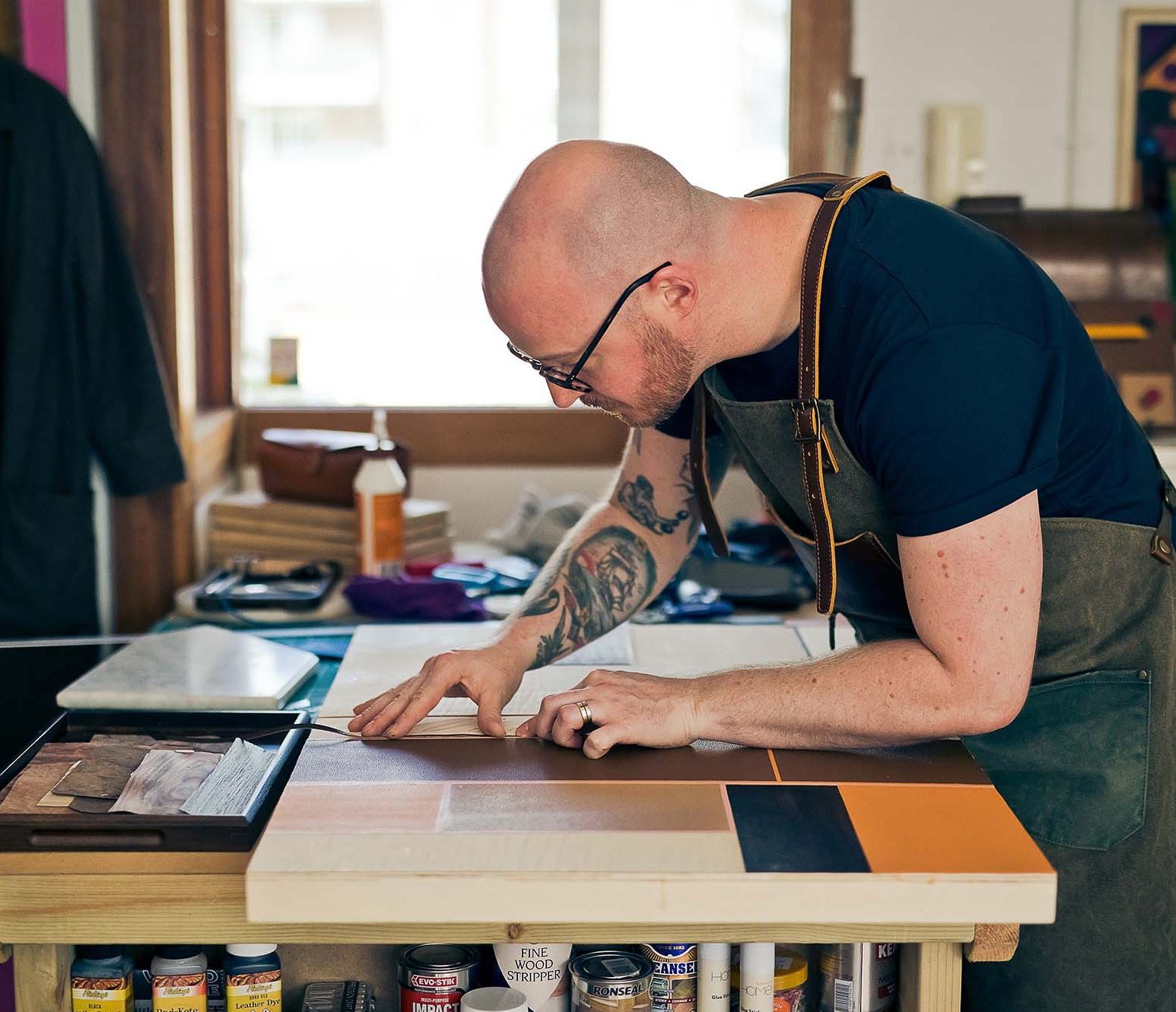
Magic Eye
Carl Fox creates puzzle-like pieces of interior art by using offcuts from luxury leather fashion brands.